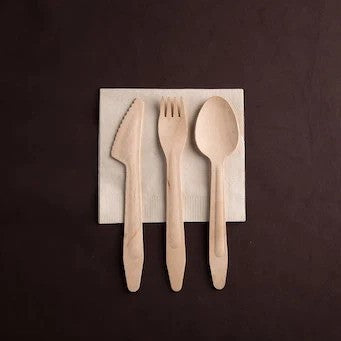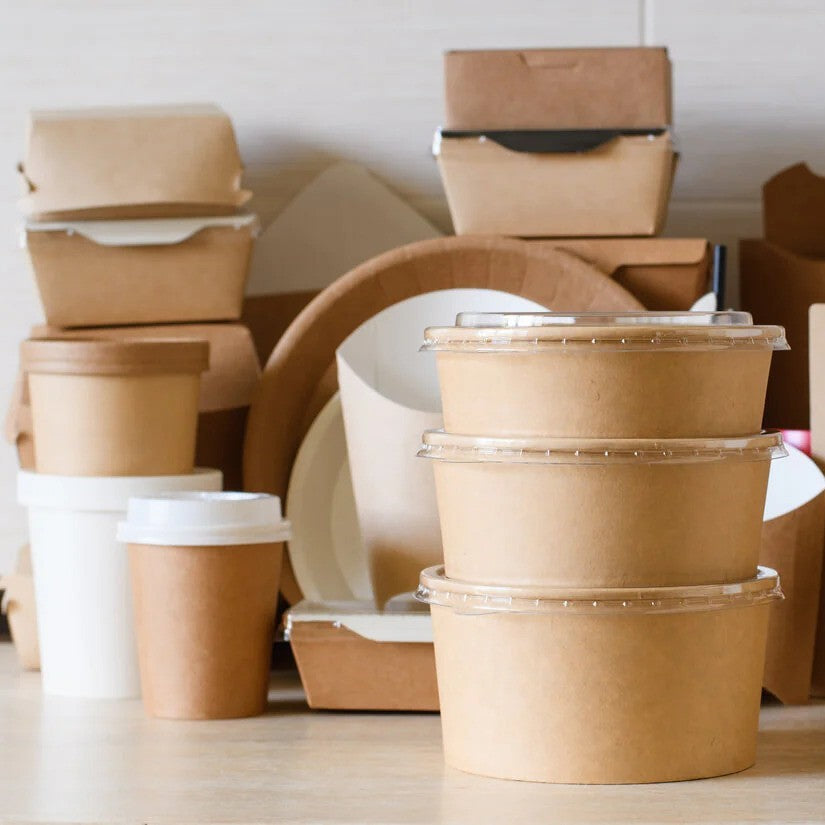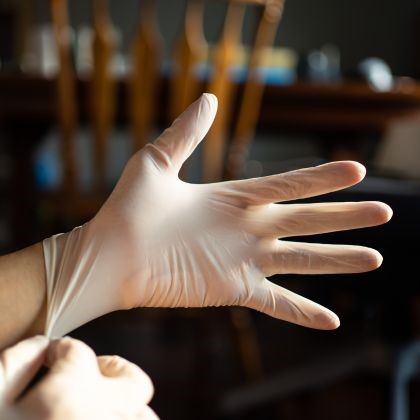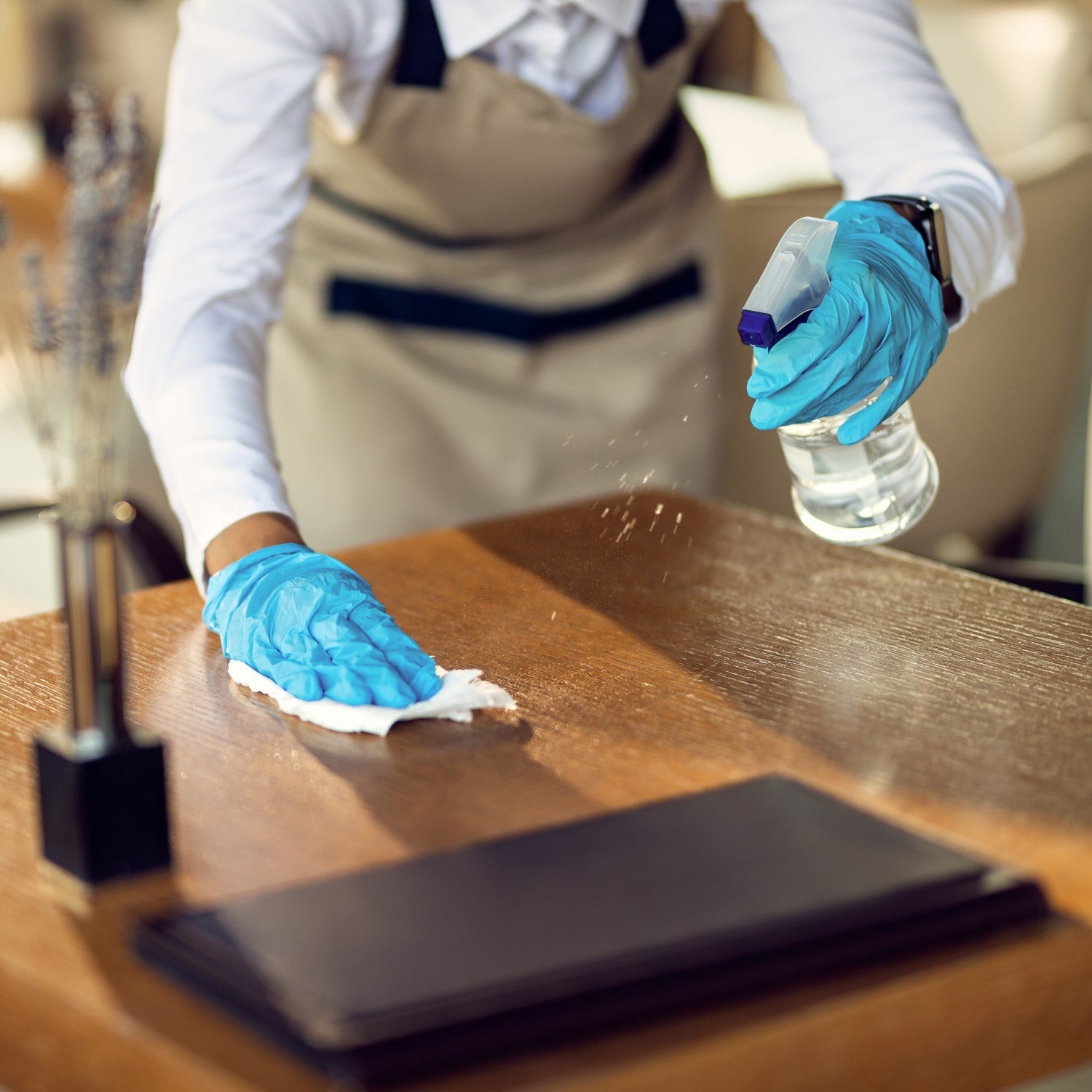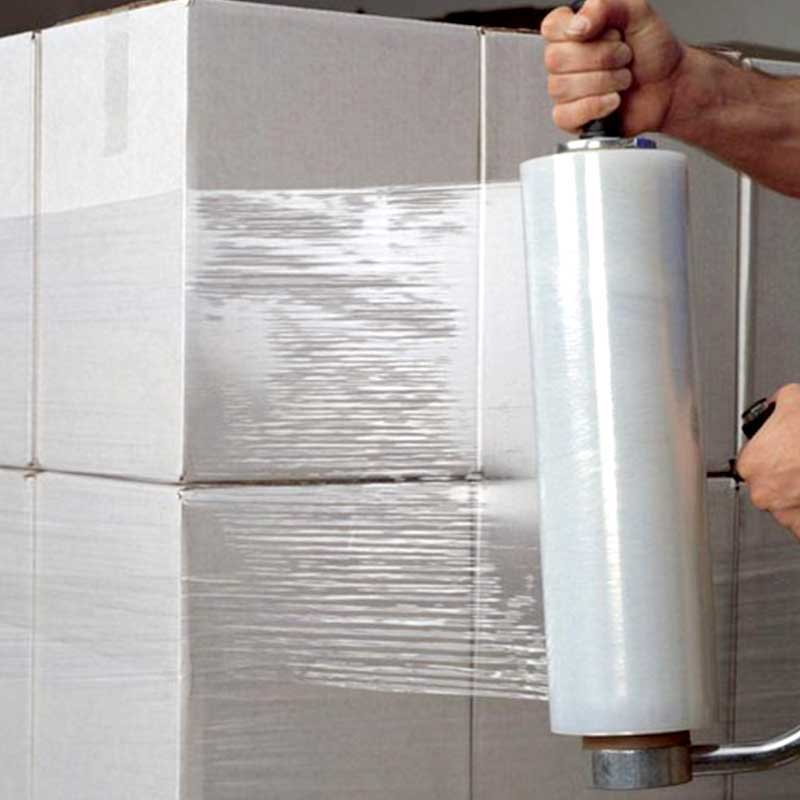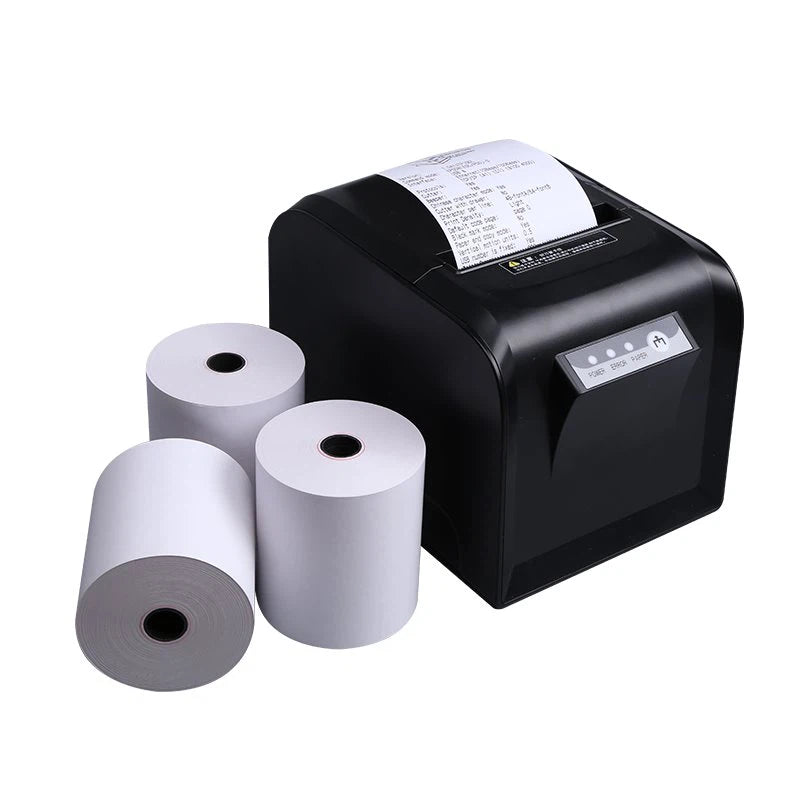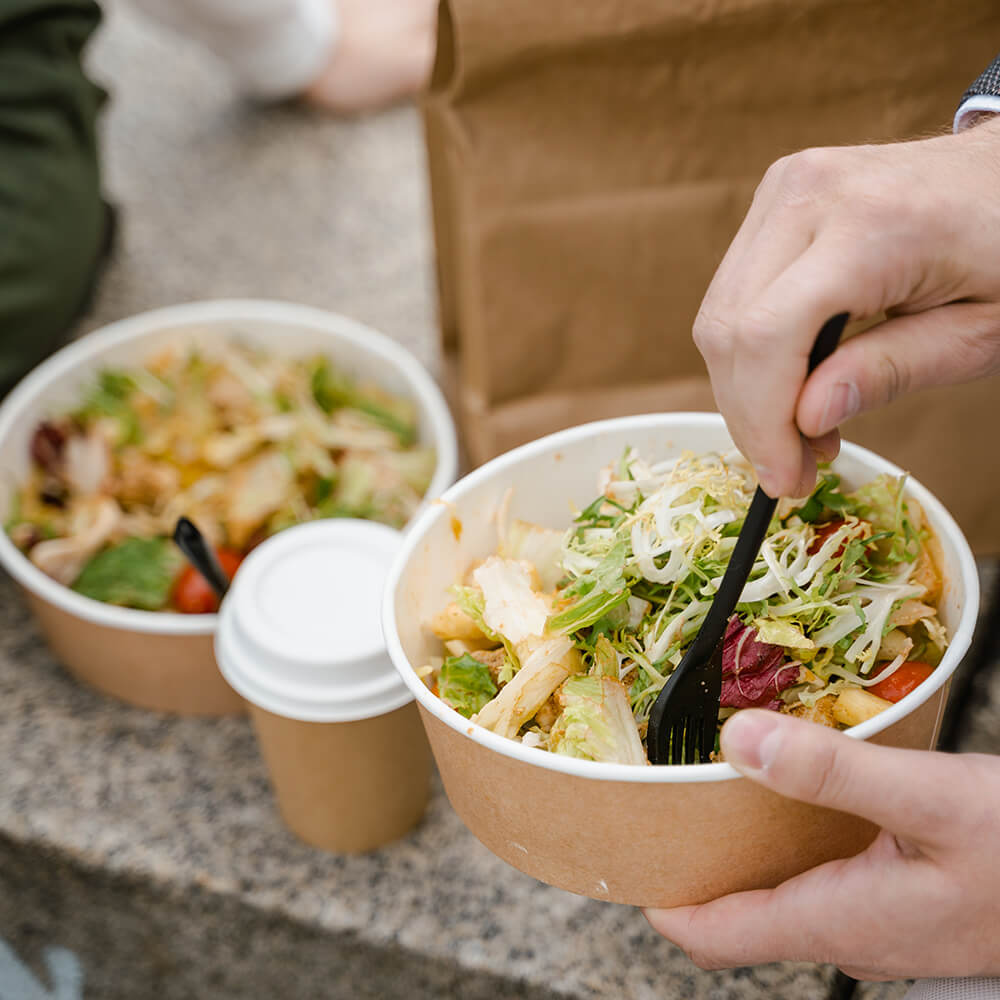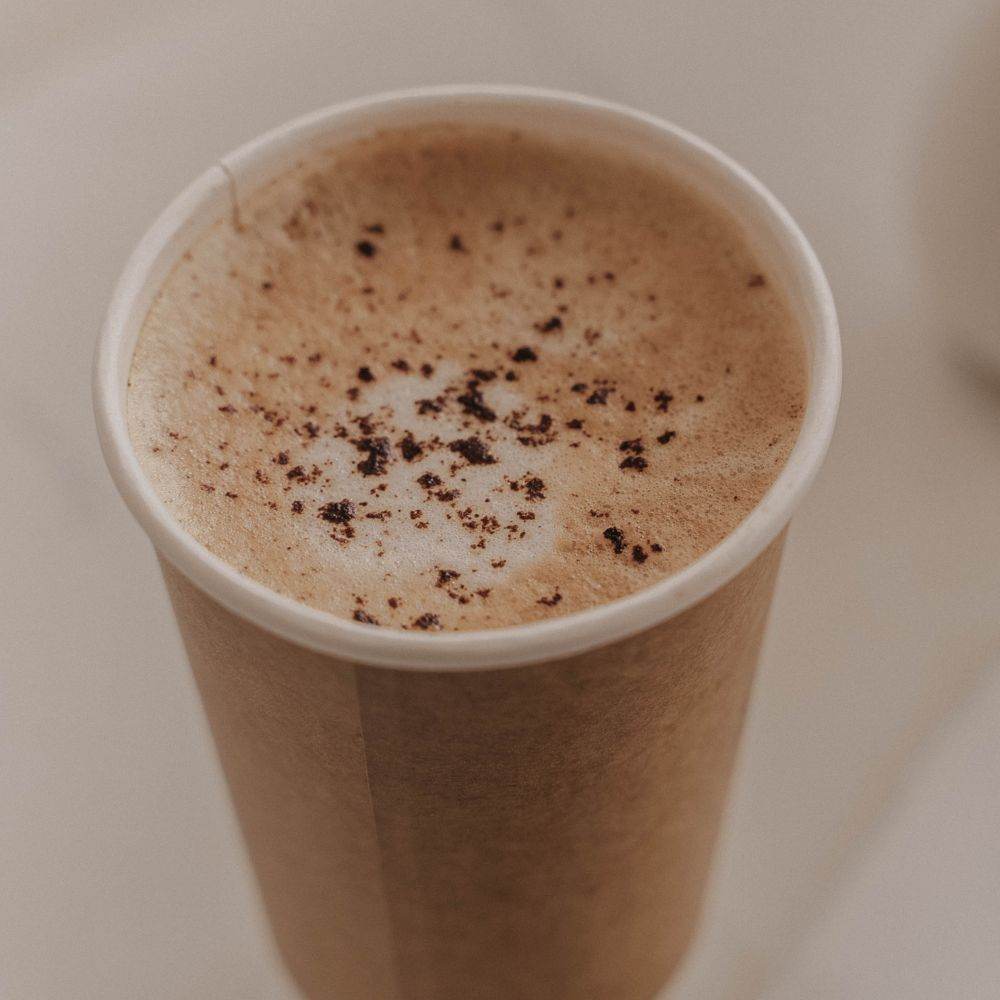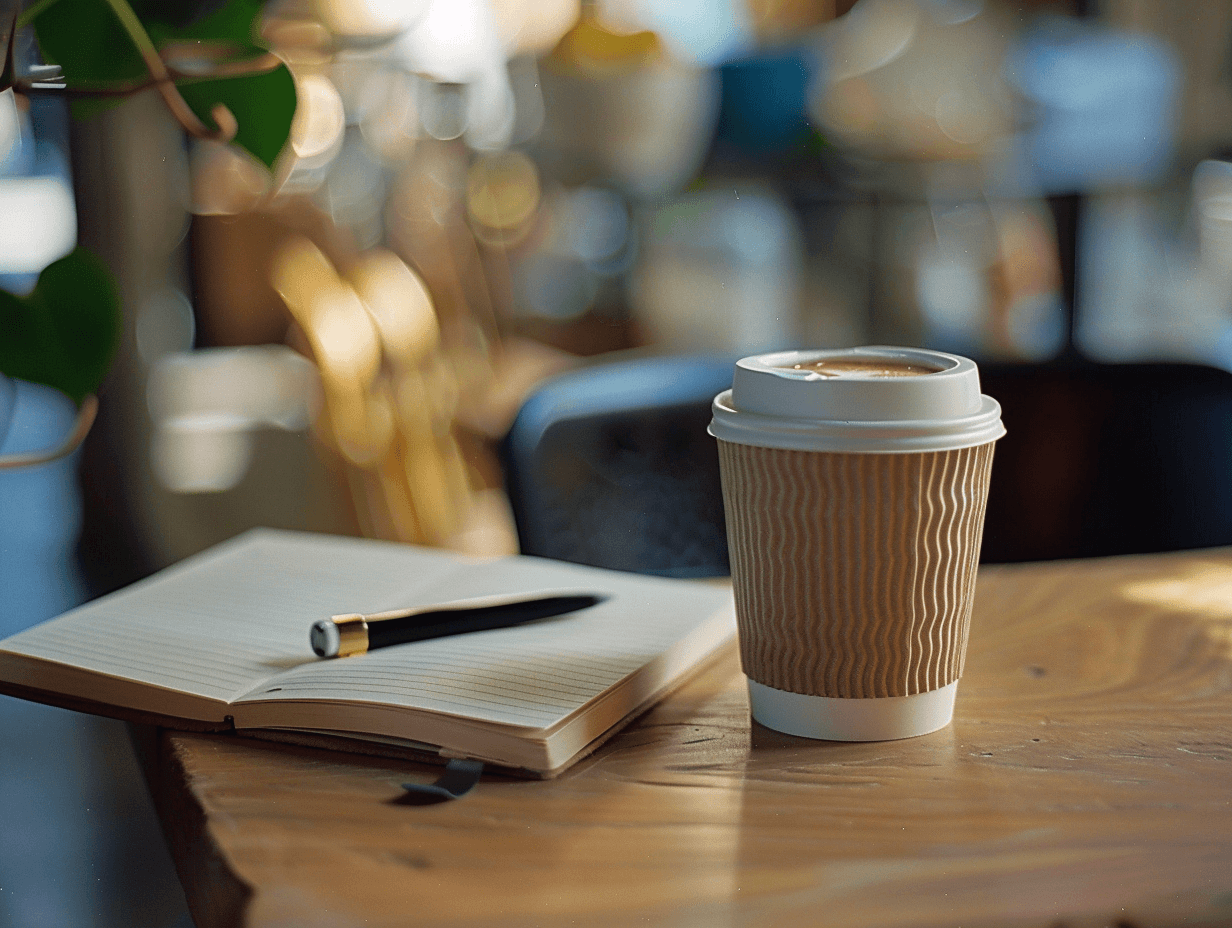What is PE Coated (Polyethylene)?
PE-coated materials are widely used in disposable cups and food packaging because of their superior moisture resistance. However, as a petroleum-based plastic, PE is non-biodegradable and contributes to environmental pollution, making it less ideal in today’s environmentally conscious market. The recycling process for PE-coated products is also challenging, which has driven the demand for more sustainable alternatives. Pakio offers PE-coated materials that are food-grade, ensuring that our cups are made with the highest safety standards, providing you with peace of mind with every sip.

What is PLA Coated (Polylactic Acid)?
PLA is a biodegradable coating derived from renewable resources like corn starch, offering an eco-friendly alternative to traditional PE coatings. Unlike PE, PLA decomposes in industrial composting facilities, making it ideal for compostable food packaging. However, it requires specific conditions to break down and is not usually recyclable in standard paper streams.
Pakio's PLA-coated Single Wall and Double Wall Coffee Cups meet the rigorous standards of industrial compostability as per the Australian Standard AS4736. This certification ensures that the cups can be effectively composted in industrial facilities, meeting criteria for biodegradability, disintegration, and the absence of harmful substances. The PLA coating not only keeps your coffee hot and your hands cool but also ensures that these cups are a genuinely eco-friendly choice.

What is CPLA Coated (Crystallized Polylactic Acid)?
CPLA is an enhanced version of PLA, designed to withstand higher temperatures, making it ideal for hot food packaging and cutlery. It retains the biodegradability of PLA while offering improved durability, especially in applications that require heat resistance.
Pakio’s CPLA coffee cup lids are the perfect eco-friendly addition to your hot beverages. Made from compostable PLA material, these lids provide a secure fit for your cups, ensuring a spill-free experience. Whether you’re enjoying a piping hot brew or a refreshing iced beverage, our versatile CPLA lids are suitable for both hot and cold drinks, seamlessly transitioning from morning coffees to afternoon teas.
Constructed from durable CPLA, these lids boast superior heat resistance compared to traditional materials, keeping your beverages at the desired temperature without compromising quality. Designed specifically for coffee cups, Pakio’s CPLA lids offer a snug fit, preventing spills and leaks, so you can enjoy your drink on the go with confidence.

CPLA Cutlery Making Process
What is Water-Based (Aqueous) Coating?
Aqueous coatings are water-based solutions that offer a sustainable alternative to plastic linings. These coatings are fully recyclable, compostable in home environments, and free from harmful chemicals, making them an increasingly popular choice for eco-friendly packaging, particularly in regions with stringent environmental regulations.
Pakio’s Aqueous Coated Double Wall Coffee Cups provide superior insulation and durability for hot beverages. Featuring a protective aqueous coating, these cups offer added strength and resistance, ensuring a premium drinking experience. Not only do they keep your coffee hot, but they are also home compostable, allowing them to return harmlessly to the earth after use. Elevate your coffee service with our high-quality, eco-friendly cups—order now for a superior experience!
Pakio’s Aqueous Coated Double Wall Coffee Cups provide superior insulation and durability for hot beverages. Featuring a protective aqueous coating, these cups offer added strength and resistance, ensuring a premium drinking experience. Not only do they keep your coffee hot, but they are also home compostable, allowing them to return harmlessly to the earth after use. Elevate your coffee service with our high-quality, eco-friendly cups—order now for a superior experience!


